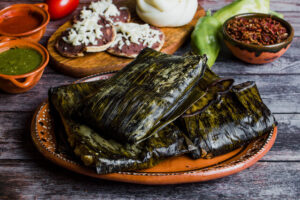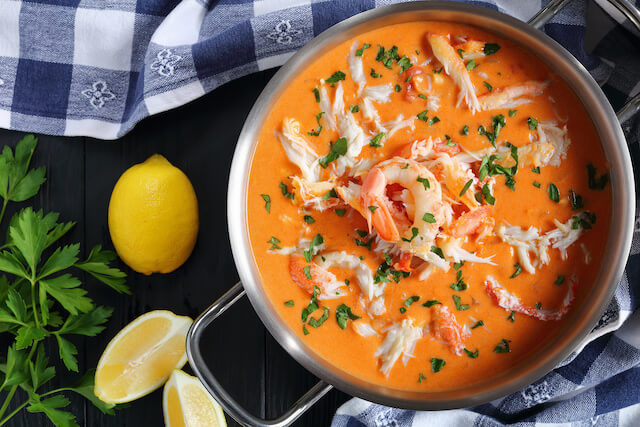For a long time, references to “regional cuisine” typically meant regional American cuisine, and when it came to regional American cuisine, Southern and Southwestern cuisines were most popular with consumers. Times are a-changing, and so are consumers’ preferences pertaining to regional cuisine.
Right now, it’s all about authenticity and specificity. Consumers have expressed interest in trying a broader range of regional American cuisines, seeking out local specialties from hidden gems and less familiar corners of our country. Not only that, though, but they’re also looking to get more granular with the global cuisine trend. Instead of trying Indian cuisine, for example, they’re interested in trying dishes from specific regions in India, like the Kerala and Kashmir regions.
What’s driving this trend? And which regions in the United States and beyond should brands get inspired by? Keep reading for our experts’ takes on what’s new and what’s next for the regional cuisine trend.
Exploration of the Unknown

Another related factor that is influencing this trend is a deep desire to move past more of the same. Consumers have been finding meaning in food, getting inspired by faraway places that they’ve only dreamed of. Mainstream global and regional flavors just don’t serve that purpose anymore. Foods and flavors that reference and are inspired by very specific places, however, allow consumers to shake up their diets and help them feel like they’re experiencing the world, rather than just existing in it.
Beyond escapism is curiosity about and admiration for other cultures. This is especially the case with Gen Z consumers, who have expressed a great deal of interest in understanding and celebrating what makes each culture unique. Given that this is the most diverse generation and the fact that this generation grew up with the most product variety, it comes as little surprise
Trending Regional Cuisines
Although you can’t really go wrong with regional American cuisine – especially when getting very specific with your inspiration – there are some regions that consumers are showing increasing interest in these days. Right now, foods and flavors from the Pacific Northwest are appealing to consumers. According to Mintel, 21% of consumers haven’t tried food from this region, but are interested in trying it. The upper Midwest is also generating buzz, with consumers expressing interest in trying classic dishes from Minnesota, Wisconsin, and the Dakotas. Brands should consider innovating with the flavors of popular foods and ingredients from these parts of the country.

When it comes to global cuisine, the key is to start moving away from nondescript and broadly defined flavor inspiration. Just like with regional American cuisine, get inspired by the flavors and dishes from very specific cities and regions. For example, right now, consumers are showing interest in cuisines from various cities in Mexico, like Oaxaca and Guadalajara. Tuscan and Sardinian cuisines from Italy are also showing growth, as is the cuisine of Osaka in Japan.
Hungry for more? Subscribe to our e-newsletter to get our insights in your inbox.



 For more information about Fuchs North America's products and programs that support food manufacturers in their product development needs, please
For more information about Fuchs North America's products and programs that support food manufacturers in their product development needs, please